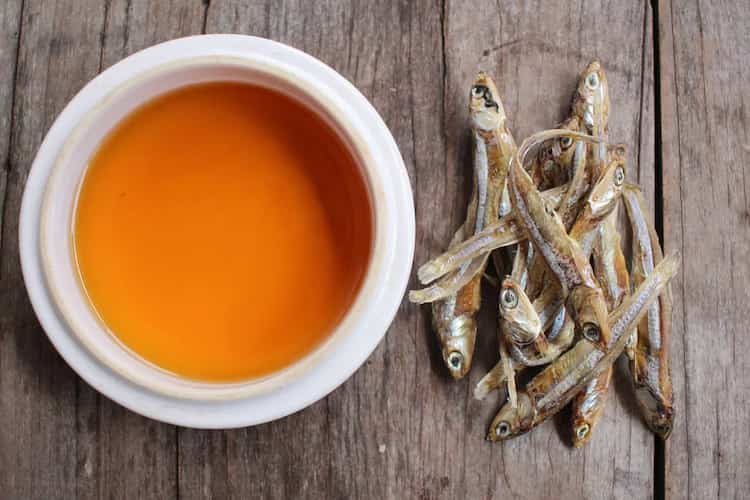Asian cuisine has a unique character because the region is known for its food-centric culture, where eating is profoundly ingrained as a source of unadulterated delight. The most essential component of Asian food is the sauce. Around the world, sauces are always changing in terms of flavours and textures.
 Image credit: Shutterstock
Image credit: Shutterstock
Often used in Chinese cooking, oyster sauce is a thick, syrup-like sauce. Despite the name, it has no fish flavour at all and is made from oyster extract. Oyster sauce, however, tastes salty, earthy, and a little bit sweet. In certain variations, soy sauce that has been thickened with cornstarch is also used. It is made out of salt, sugar, and caramelised oyster juices that have been simmered down. The colour and consistency of oyster sauce is a deep brown that almost looks black. Typically found in Cantonese, Thai, and Vietnamese cuisines, it is utilized in both meat and vegetable dishes. Although the cost of oyster sauce can vary based on the brand, it is comparable to the cost of soy sauce.
Stir-fries like our Beef Stir-Fry with Bell Peppers and Black Pepper Sauce frequently utilise oyster sauce. Additionally, it is a crucial component of Kung Pao Shrimp, Spicy Sichuan Noodles, and other Asian-inspired foods. It is a flavorful concoction of oyster extractives, brine, and various seasonings that is rich and concentrated. It has a hint of sweetness to it.
Keep in mind that cooked oyster sauce combines oyster flavouring with other ingredients like chicken broth, soy sauce, sake, and sugar, so be careful not to mistake the two. Look for a brand that only includes seasoning and oyster extractives.
Hoisin Sauce
A fragrant, sour sauce commonly used in marinades, grilled foods, and stir-fries with Asian vegetables is hoisin sauce. It is frequently referred to as Chinese barbeque sauce and is a main component in many Chinese meals and certain Vietnamese recipes.
Hoisin sauce, which is made from soybeans, sugar, vinegar, garlic, and chilies, packs a powerful flavour and adds spiciness, saltiness, and sweetness to stir-fries and meat dishes like Mu Shu Pork. Moreover, it functions well as a dipping sauce. Although we have discovered that no two brands are exactly comparable, tasters agree that the ideal hoisin sauce has a very well flavour and a smooth rather than gritty consistency.
Fish Sauce
One of the fundamental components in Thai cooking, as well as a lot of Asian food, is fish sauce. Its colour is a deep, transparent reddish-golden brown, and it is widely used in almost all Thai cuisine. It is frequently used with fresh chilies and lime juice to make a marinade for fish and meat as well as a condiment. If you visit Thailand, you could see it on the tables of restaurants where it is regularly applied to dishes in the same manner that Americans would use salt and pepper.
A condiment and an ingredient, glutamate-rich fish sauce is produced by fermenting anchovies. As for the latter, it is frequently seen in Vietnamese and Thai meals, like Thai Pork Lettuce Wraps. Additionally, it is used in small amounts to give sauces and marinades for meat, such our Southeast Asian Steak Marinade and Chile-Lime Burger Sauce, a deep, delicious flavour.
Fish sauce can be replaced organically by making your own with dried shiitake mushrooms. 3 cups of water, 3 tablespoons of salt, and 2 tablespoons of soy sauce should all be added to 14 ounces of mushrooms. Simmer until reduced by half over medium heat. For up to three weeks, strain, cool, and store the sauce in the fridge.


